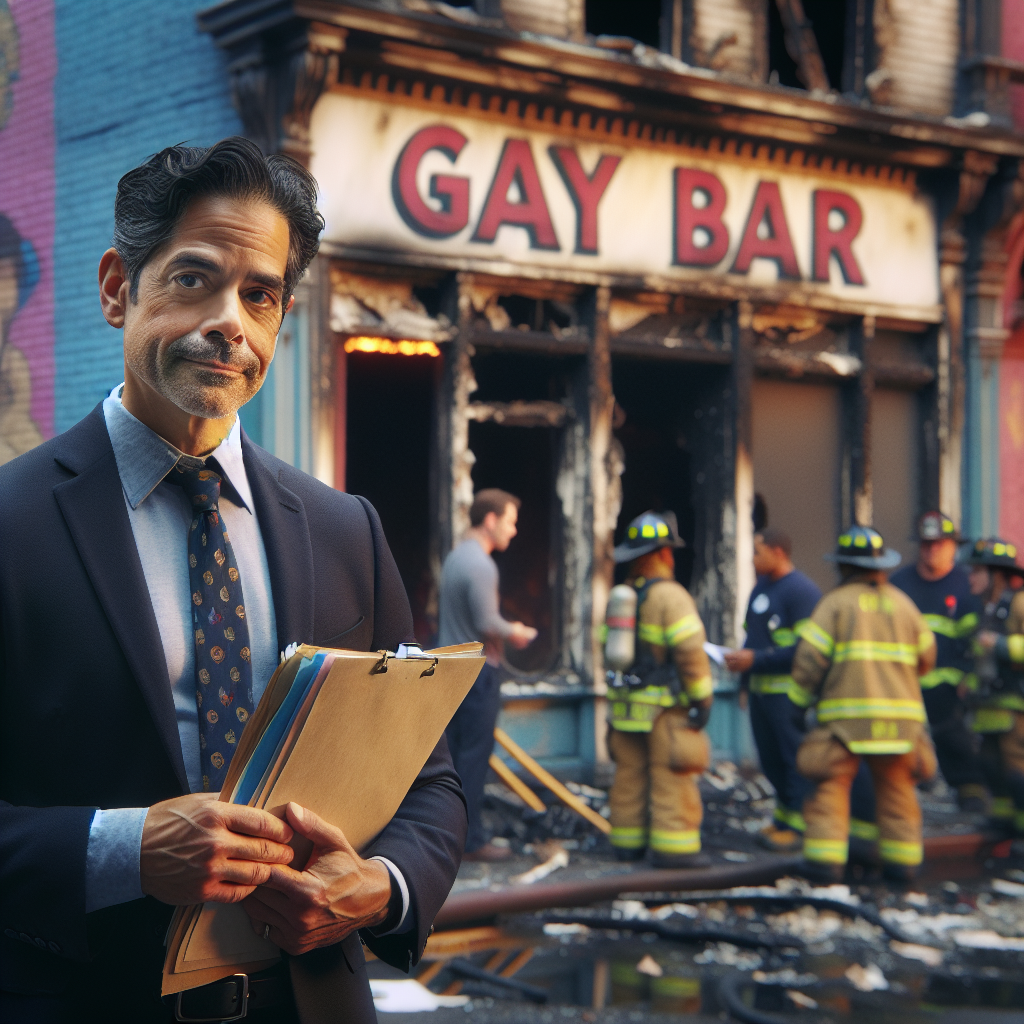St. Thomas Arena Project: A Court Decision that Rings Through Minnesota
Ah, the joys of being a project on judicial life support! In what can only be described as a courtroom drama without a popcorn machine, the Minnesota Supreme Court has decided not to entertain an appeal related to the controversial St. Thomas Arena Project. That’s right, folks—no last-minute saves or unexpected plot twists here. The gavel has fallen, and the verdict is in: the appeal has been rejected.
A Dramatic Turn of Events
So, what exactly happened? Well, in an episodic narrative akin to one of Shakespeare’s finest tragedies, the St. Thomas Arena Project found itself at the mercy of legal scrutiny. The developers, otherwise known as “the dreamers,” were hoping for a different kind of court—one with whistles and halftime shows. Alas, justice wears a wry smile as it declares, “This game is over.”
A Bit About the St. Thomas Arena Project
For those out of the loop, the St. Thomas Arena Project isn’t just any arena project. It was meant to be a hub of cultural enrichment, sports, and a dazzling set of ice-smoothing Zambonis. Located in Minnesota, a land where ice is more common than lukewarm coffee, an ice arena is kind of a big deal. But despite its tantalizing promise of bringing fun and frolic, the project found itself tangled in a web of lawsuits and public dissent.
When Dreams Meet Legal Roadblocks
Let’s just say, the courtroom wasn’t exactly as friendly to the developers as a warm cup of cocoa on a frosty Minnesota morning. Legal challenges arose faster than you could finish saying “pass the puck.” Local communities and environmentalists voiced concerns ranging from traffic congestion to environmental impact. It seems not everyone was on board for a new ice castle in town.
- Environmental Concerns: The arena’s proposed location raised eyebrows among those keen on preserving local ecosystems.
- Traffic Issues: Skeptics feared the project would result in traffic reminiscent of jam-packed Minnesota Vikings games.
- Financial Implications: Questions were raised about the financial viability and potential tax implications for the local populace.
Supreme Court’s Final Decision
After much anticipation, not quite like waiting for the next episode of a binge-worthy series, the Minnesota Supreme Court slammed the door on the developers’ last hope for an appeal. The decision wasn’t entirely unexpected, yet the developers were undeniably disappointed. The court’s ruling focused on procedural errors in the appeal request, further solidifying that, no matter how innovative a project may be, the rules of legal engagement offer little room for error.
The Community’s Response
Was the community shocked? Not really. If there’s one thing Minnesotans appreciate, it’s sticking to the rulebook. Many locals expressed relief, believing the court’s decision aligned with broader community values. The arena, as promising as it sounded, was often seen as a shiny new toy in a budget bin, with its constraints and potentially significant impacts outweighing its projected benefits.
While some moped over missed opportunities for thrilling ice hockey matches or figure skating exhibitions, others were relieved to see the project shelved, at least for now. Community-centric projects have their place, but only when their execution aligns seamlessly with communal and ecological well-being.
What’s Next for the St. Thomas Arena Project?
As the dust settles, the developers are left to contemplate their next move in this icy saga. Though the court has spoken, it doesn’t necessarily signal the end of the dream. In construction as in curling, sometimes it’s all about the long game. Will changes to the project plans address the legal hurdles encountered, or will they find another court—perhaps the court of public opinion—that can rally in support?
Whatever the outcome, the developers might consider a momentary shift in focus from arenas to, say, equally crucial community needs like snow plowing and removal. After all, what’s more Minnesotan than ensuring everything runs smoothly after a snowstorm?
Exploring alternative opportunities might indeed be beneficial. Projects can evolve, and what doesn’t pan out as an ice arena today might manifest into another opportunity—the world is as open as a frozen lake in January. Perhaps they’ll bolster their strategy and reconsider areas of genuine demand within the community.
Final Thoughts
The Minnesota Supreme Court’s ruling reflects the intricate balance between ambitious community infrastructure projects and the careful planning required to bring them to life. While the St. Thomas Arena may have hit a legal dead end, the attention and discussion it’s generated highlight the importance of understanding and engaging with community concerns from the outset. Minnesota, ever the land of ten thousand lakes and opportunities, reminds us that dreams and persistence can still line the icy roads ahead, just as long as they’re plowed first.
In the end, the arena saga is a reminder of how collective efforts and judiciary diligence shape the landscape of community development. If nothing else, it underscores the importance of understanding the community’s pulse before singing the arena blues. We might not see new arenas instantly rise from the frost-kissed ground, but remember, there’s always room for innovation, and who knows what the future will carve on this icy canvas of opportunity between winters and the zealous pursuits of dreamers.



